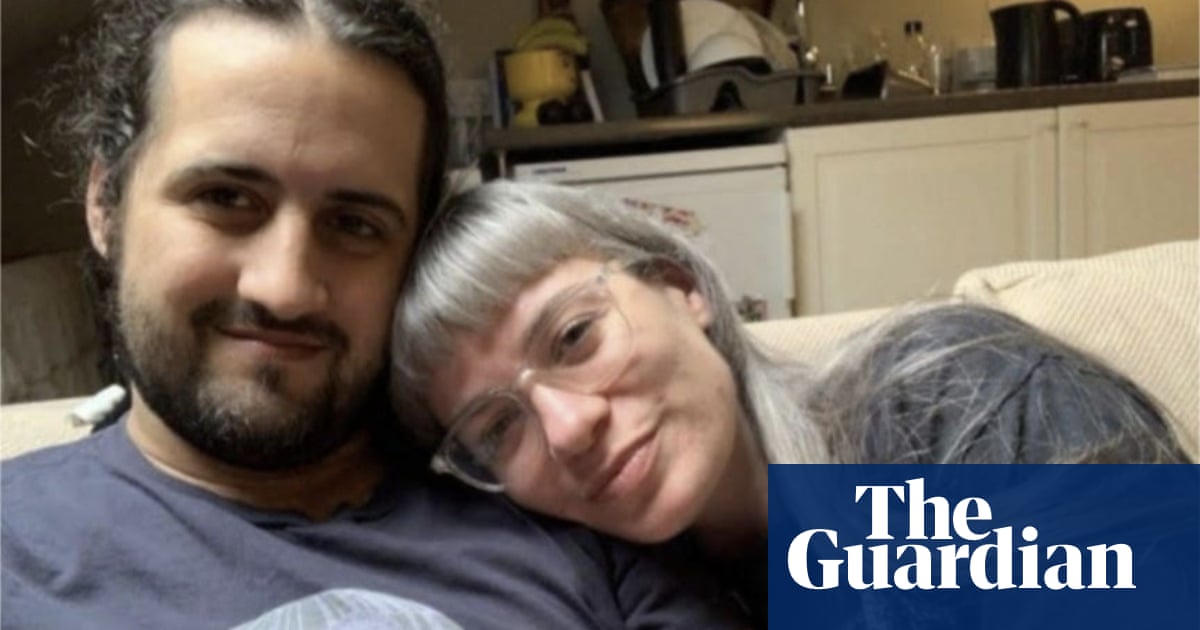
s quarantine measures are slowly lifted in the UK, the virus will continue to spread unless the government puts in place a strategy to curb the rate of infection. Contact tracing, a practice long used in public health to control infectious diseases, will be crucial to driving down the rate of infection, or R, and minimising further cases of coronavirus.
Epidemiologists have been using traditional contact tracing for years to control sexually transmitted infections, infectious diseases such as tuberculosis and meningitis. The basic principle of how an infectious disease spreads is that one individual, person A, will pass on the disease to person B, who then passes it on to C, continuing in a chain to D, E, F and onwards. Epidemiologists interrupt these chains of transmission by identifying people through contact tracing before they spread the infection to others.
If we diagnose a sexually transmitted disease in person B, for example, a highly trained public health or clinical professional will interview that person, and ask them who they have had sex with recently. There has to be a person A, from whom B acquired the infection in the first place, and there may be one or more Cs, or people they passed it on to. Though it’s not always possible to identify all the As and Cs that could be involved, one major development in contact tracing has been mobile phones: person B may have the relevant phone numbers or dating app details that lead back to others.
Once identified, these A and Cs are invited to attend a sexual health clinic for investigation and are treated if they test positive. If the contact tracing is successful and the chain of transmission is broken, there will be no Ds or Es.
Tuberculosis follows the same principle. Contract tracers initially identify those in the infected person’s household, where the risk of being infected with TB is highest. Because the disease is usually spread by a person who has TB in their lungs, public health professionals may also ask the patient to identify colleagues or friends who have had an obvious cough for a number of weeks.
The third disease we use contact tracing for is invasive meningococcal disease. Close contacts – typically those within the same household, or people who have shared overnight accommodation – are at a markedly increased risk of developing these rare conditions. These people will usually be offered antibiotics to eliminate bacteria and stop the infection developing.
Contact tracing for coronavirus is different to these diseases and presents new challenges. For one thing, the sheer number of cases – the Office for National Statistics estimates that 148,000 people in England have been infected with the virus over the past two weeks – means contact tracers will have their work cut out. But it’s also much more difficult to identify a person A with Covid-19. They may have shown no symptoms, or may have already recovered before person B develops symptoms. So it’s crucial to identify as many of the Cs as possible, before they go on to pass the infection to others. When contact tracers have identified potential Cs, these people are asked to isolate until they get tested, and stay at home until they test negative.
Isolating one single case can prevent a whole chain of future transmissions. This is why tracing, isolating and testing people for coronavirus is essential for reducing the R rate across a population. Although it’s impossible to find all cases, the more cases that are contact-traced, the more the R is driven down.
The number of asymptomatic coronavirus cases means that a contact-tracing app is an important part of breaking the transmission chain. In countries such as South Korea, these apps, used together with traditional tracing methods, have been crucial for controlling the virus. The people you pass at the supermarket or on the street may be unknown carriers of the disease. If they later develop and report symptoms, the app sends an alert to people who came into contact with them.
One important feature of apps such as the one used in South Korea is geolocation data. This additional feature allows public health authorities to identify potential hotspots of transmission earlier than they would otherwise, targeting measures quickly and efficiently at the places where these are most needed. Of course, some have raised privacy concerns about apps that use geolocation data (the NHSX app uses Bluetooth to inform other app users, and doesn’t currently capture geolocation data). Many would consider South Korea’s contact-tracing approach, which uses CCTV and credit card data alongside geolocation information, an invasion of privacy. But as we saw in the recent nightclub outbreak, where South Korean authorities were able to contact everyone present in the building, this level of detail allows public health authorities to quickly identify potential cases.
The UK government has announced that it will deploy 18,000 contact tracers, 3,000 of whom will be health professionals. Ideally, each newly identified person with coronavirus would be contacted by one of these team members, who would then identify others that person had come into contact with, and advise them accordingly. The more cases that are found, the better – but even if contact tracers only manage to identify a portion of coronavirus cases, this will still have an impact on the spread of the virus.
Crucially, contact tracing is part of a picture that should also include adequate testing, isolating and social distancing measures. Only with an integrated epidemic control strategy will we manage to reduce the spread of Covid-19.
• Keith Neal is professor emeritus of epidemiology of infectious diseases at the University of Nottingham









